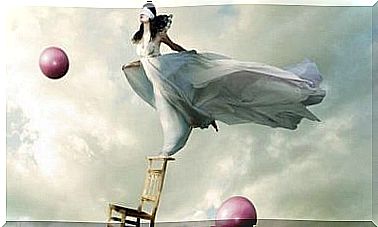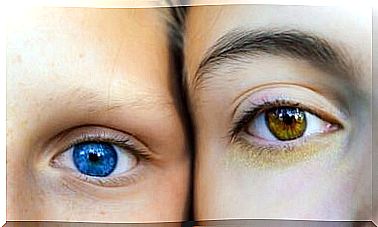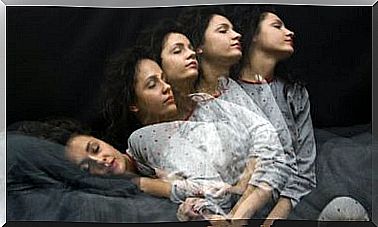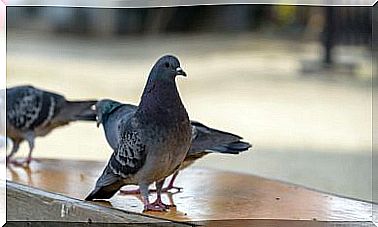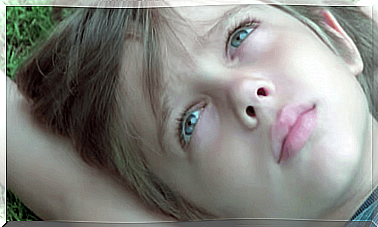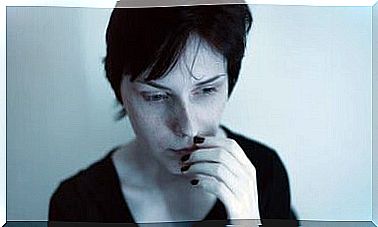How To Choose The Best Nursing Home
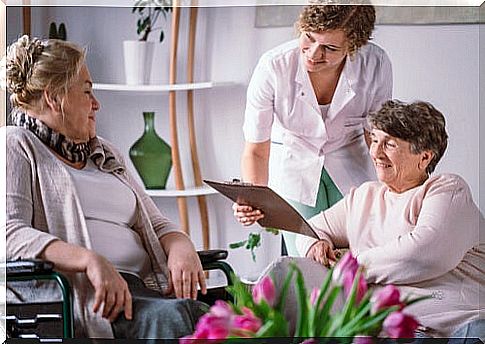
The quality of life of the elderly, related to successful aging, is associated with the external factors that surround the individual. Thus, in a healthy aging life history, genetics, but also the environment influences. Thus, today we turn our gaze to that forgotten place: the nursing home.
The broadening of the definition of quality of life arises with the aim of improving it beyond or above the limitations. Therefore, the fact that a person suffers from Alzheimer’s disease does not prevent them from having a good quality of life or that we can improve it using the resources they have.
It is also this sense, if a person with osteoarthritis does not have the taps adapted, their dependence will be greater and also their quality of life will be lower. Let’s think that one of the fundamental pillars of the quality of life is the degree of autonomy.
For this reason, and because of the impact that the environment has on the quality of life and independent and active aging, it becomes very interesting and essential to achieve adequate, well-established nursing homes that can satisfy, rather than cover, the needs of its inhabitants.

System of Evaluation of Residences for the Elderly (SERA)
There are several methods to evaluate the qualification of a nursing home as a promoter of quality of life. There is the System of Evaluation of Residences for the Elderly (SERA) elaborated by the professor and psychologist Rocío Fernández-Ballesteros in 1996 -we will take it as a reference for this article-.
In this evaluation system, both contextual and individual clues are taken into account. The computation or scoring of the scales collected by the SERA is a good indicator of the level of residence in the subject at hand.
The following are the codes collected by the SERA as discriminant.
Architectural and physical features: a good building
The SERA includes a scale —ICAF— that assesses the quality of the environment in reference to the physical and architectural aspects. Therefore, the best nursing home will be the one that has the following components:
- Community accessibility : inclusion of the neighboring community and its services in the life of the individual. That is, can the person walk to a store? Is there a bus stop at the dawn of the residence?
- Physical comfort: refers to the attractiveness and comfort provided by the facilities. Does the lobby protect from the rain? Are the walls of the building decorated and painted?
- Socio-recreational aids : elements that help socialization and enjoyment of leisure time. Are there tables to play cards? Are there sofas that define a comfortable place for communication?
- Staff rooms: places for nursing home workers to be at ease (not to forget the huge rates of depression among caregivers ).
- Prosthetic aids: all those elements of the building that favor the physical independence and mobility of the subject ; that is, they do not need any caregiver for tasks that they can do alone, but that the architecture of the building itself does not usually favor. Can you enter the building without climbing stairs? Are there handrails in the hallways so that a caregiver is not needed?
- Safety features: favoring independence does not mean being negligent. Does anyone watch the bathrooms at night? And the access to the building?
- Orientation aids: eminently visual aids that facilitate the orientation of residents. It’s important for people to know where they are and have that sense of control, so big writing and garish colors are a good idea.
- Availability of space : measures the capacity of community areas in relation to the number of residents. It is not good for subjects to be overcrowded.
Organization of the residency: this is not a school
Once the best residence has been chosen according to its architectural structure – it is important not to overlook this aspect – it is time to observe the organization within the residence. This refers to the control, the clarity of the rules or the privacy of the resident.
Some of the aspects that the SERA measures — specifically, the Inventory of Organizational and Functioning Characteristics, ICOF — are:
- Tolerance to deviation : it is one of the most important factors. There is a lot of tolerance because the myth of low competition is linked to that of high agreeableness. Are aggressive, defiant, or destructive behaviors allowed? Is the resident allowed to refuse to wash, for example?
- Privacy: can residents lock their rooms? Are there single rooms? It is important, as far as possible, to promote independence and privacy.
- Expectations of operation: depending on what the residence has, it will be more or less suitable for the subject. It refers to the minimum level of functioning that the elderly person must maintain in the activities of daily living: is he expected to eat alone? Are you expected to be incontinence free?
- Organizational choice : refers to the degree to which the resident has decision-making power: can he choose what he is going to eat? Can they drink wine or beer? Is there a curfew?
- Availability of health services: provision of health and care services. Is there an infirmary? Are there rehabilitation services?
Social climate: are we friends?
In turn, equally relevant is the personality of an environment formed by the people who are in it, both the elderly and workers. To measure the social climate of a nursing home, the Social Climate Scale -ECS- is used where aspects such as:
- Cohesion : degree to which workers help and support residents, as well as the relationship between the elderly themselves: can you lean on workers psychologically? Do they receive individualized attention?
- Conflict : measures the degree of conflict, disapproval or criticism in the elderly. Can they express themselves freely? Are there many complaints within that residence?
- Independence : measures the degree to which residents are encouraged to be independent and make their own decisions. Are there activities organized by the elderly? Do they participate, for example, in preparing meals?
- Expressiveness : refers to the degree to which residents can express themselves openly and deal with their problems and feelings.
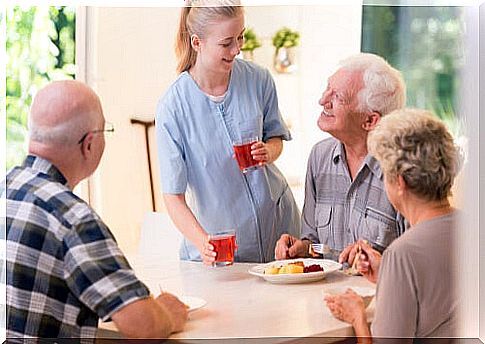
Conclusions: the best residence
The social climate is the ecosystem variable with the most influence on the behavior of individuals. In turn, variables that are found in different levels are conditioned: physical, cognitive, emotional … A harmful social climate is one in which pollution is not fluid, personal attacks are constant, preventing or hindering the resolution of conflicts that occur within the framework of a natural coexistence.
In short, we are talking about a poisonous broth for the quality of life in a semi-closed environment. Faced with this, the ideal would be for there to be high levels of cohesion, independence and expressiveness. In this sense, we find that a positive social climate plays an especially important role in the phase of adaptation to the residence, the new environment.
Unfortunately, residences are often forgotten places by society. Points that you do not want to look at, thinking, for example, that there are people who no longer want or have nothing to contribute. This is especially sad when we consider that the quality of life of a person, and their state of mind, improves significantly when they feel useful … and this is the case regardless of the year of birth.
